The company said the project also includes an advanced and efficient coal power installation of up to 4 million kW in a supporting role, as well as 4-6 million kW of energy storage.
Once completed, the center is expected to be able to transfer about 40 billion kWh of electricity to the Beijing-Tianjin-Hebei region a year, with over half of it being clean energy. That is equivalent to saving about 6 million metric tons of standard coal and reducing carbon dioxide by about 16 million tons, the company said.
Wei Hanyang, a partner at the nonprofit Crossborder Environment Concern Association, said renewable energy projects are usually capital-intensive and those with more than 1 GW of installed capacity in large deserts would require multiple channels of financing and policy support, an area in which China excels.
"It is also likely that large, State-owned enterprises will reallocate some funding from previous coal projects to renewable centers so that the process can be accelerated," Wei said.
"With more gigawatt-level centers to be constructed, China will need to invite more participation from various sectors of society and set up a proper compensation mechanism."
The State Power Investment Corp has also vowed to continue accelerating the construction of massive wind and solar power facilities in the Gobi Desert and other arid regions, as part of the efforts to boost the green energy transition.
China is expected to generate 3.3 trillion kWh of electricity a year from renewable energy by 2025 as part of its plan to further boost its green energy transition during the 14th Five-Year Plan (2021-25) period, according to a statement released by the NDRC in January.
The increase in renewable energy generation is expected to exceed 50 percent during the period, while wind and solar power generation is also expected to double, it said. The plan calls for renewable energy to further replace fossil fuels to facilitate the country's construction of a low-carbon energy system, it said.








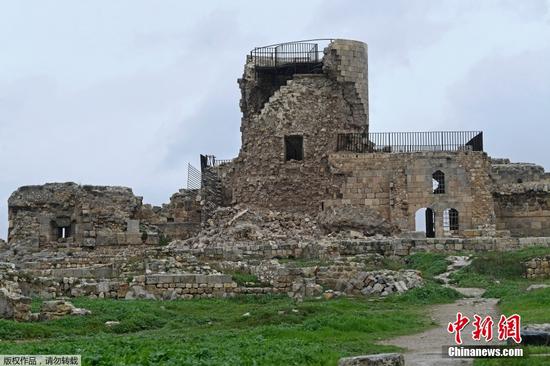
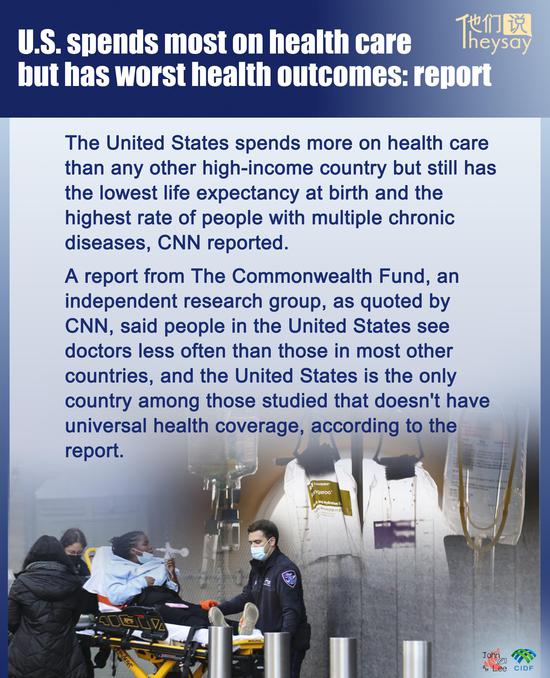
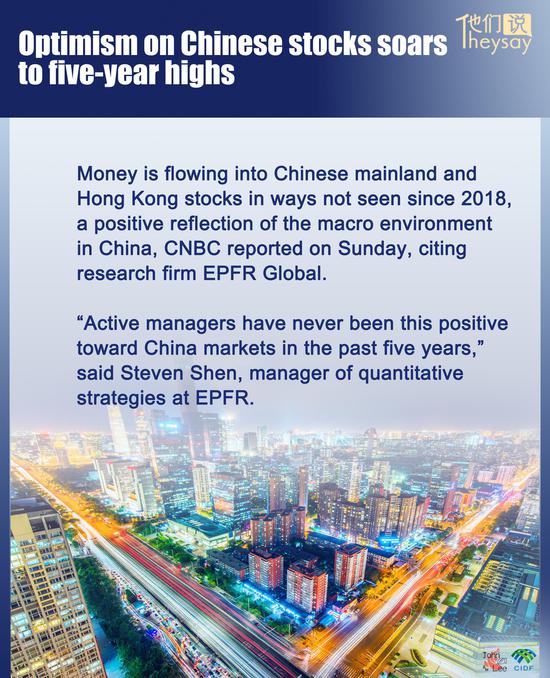

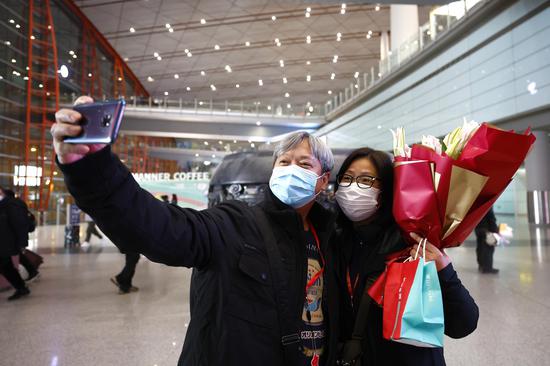


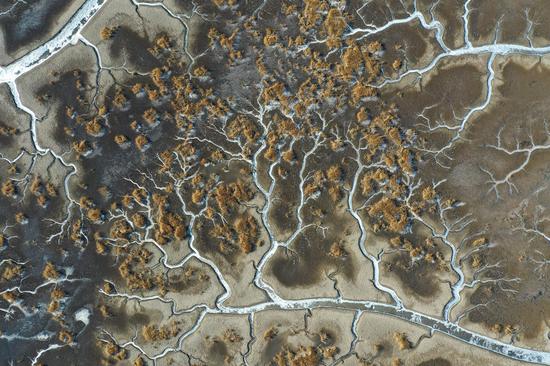
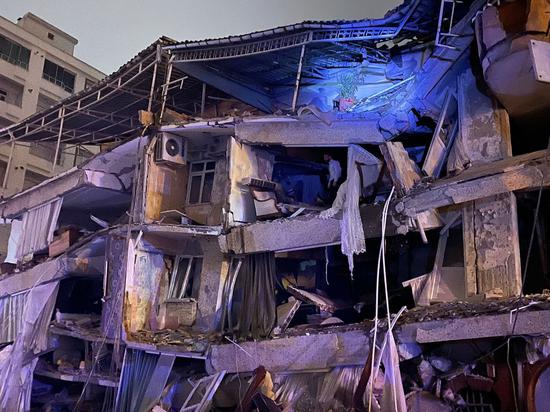






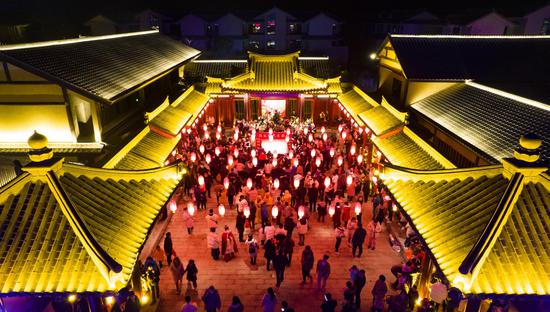
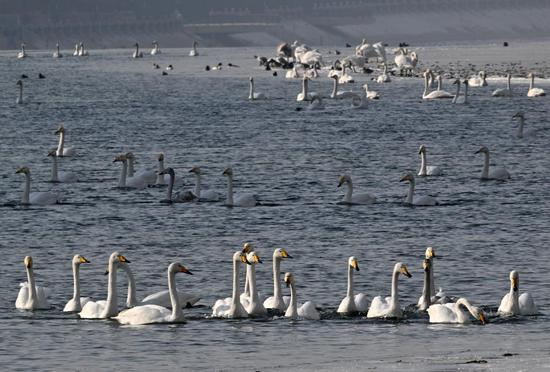
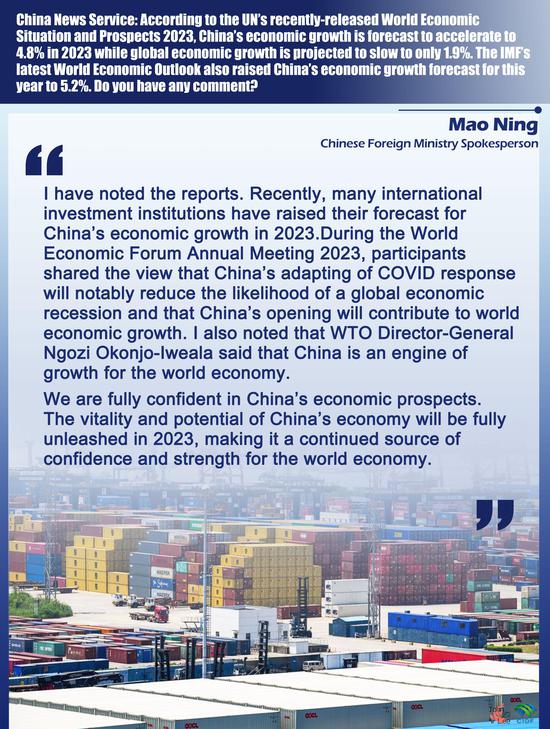
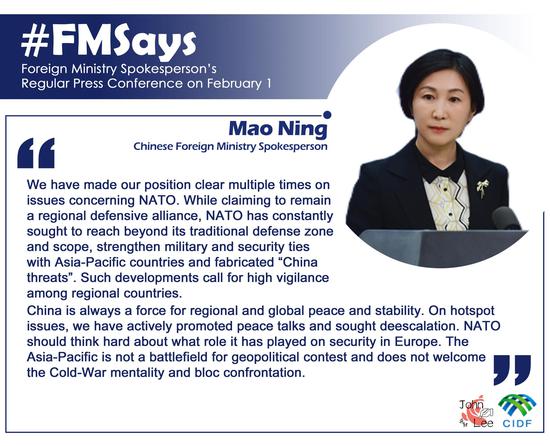

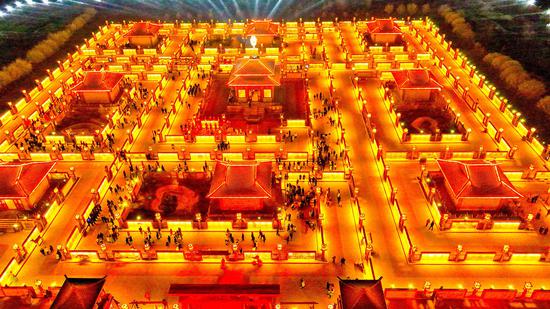
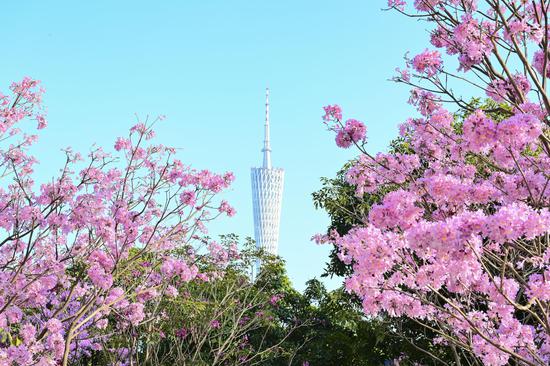


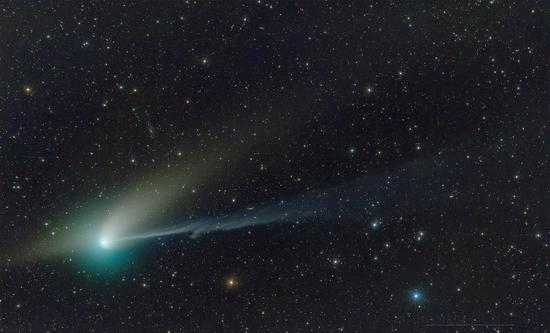


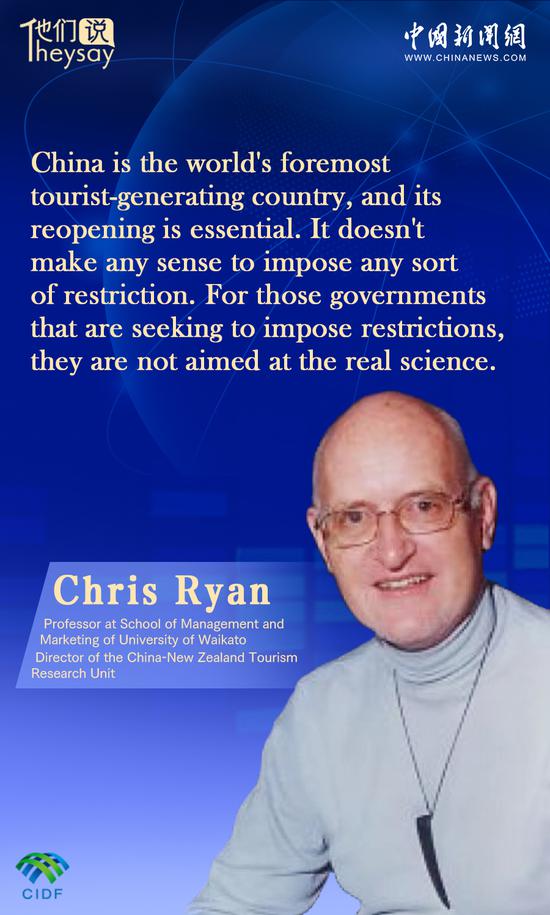








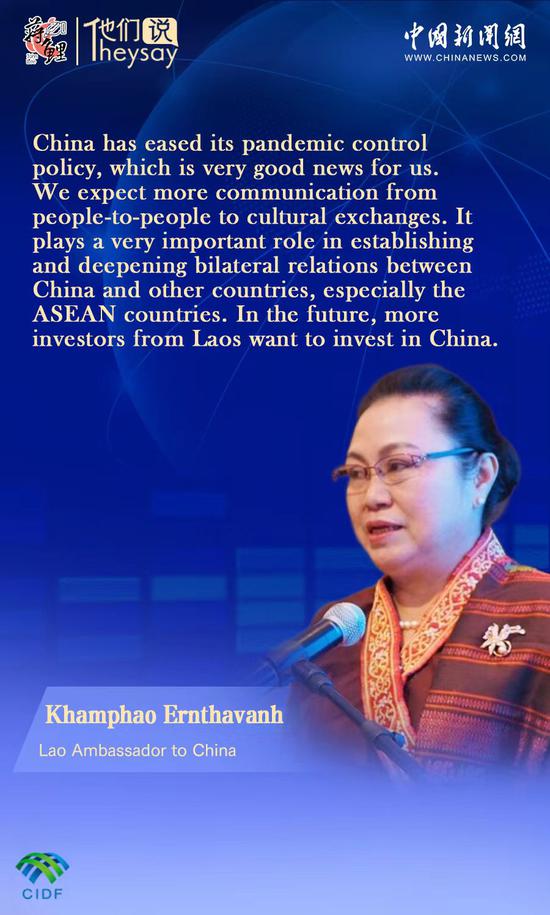



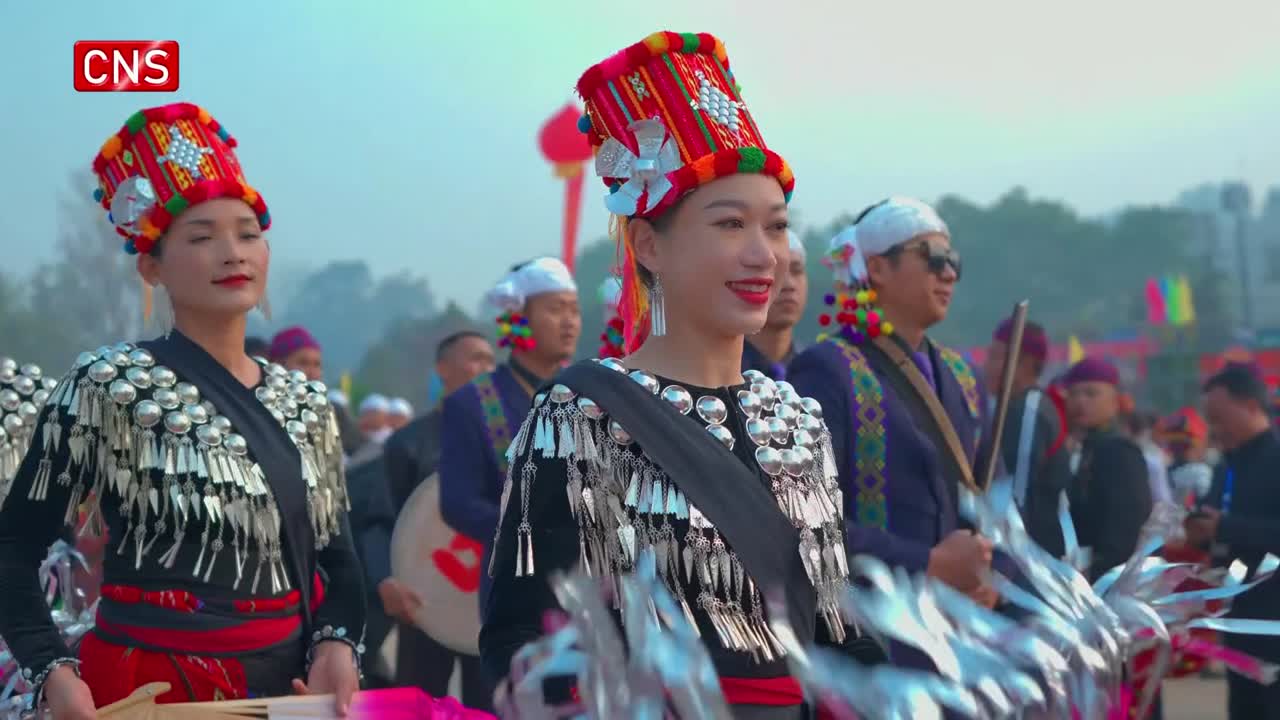

 京公网安备 11010202009201号
京公网安备 11010202009201号